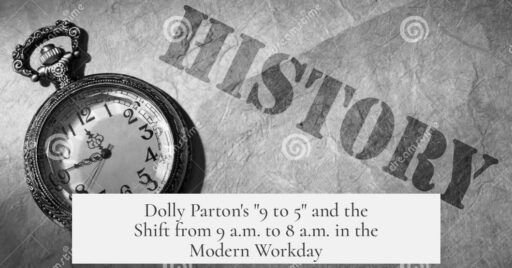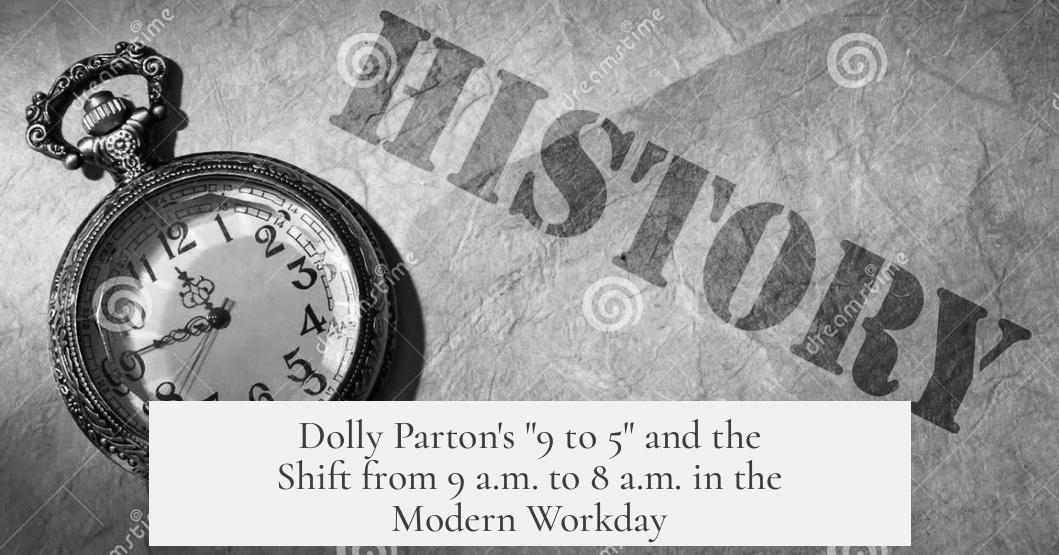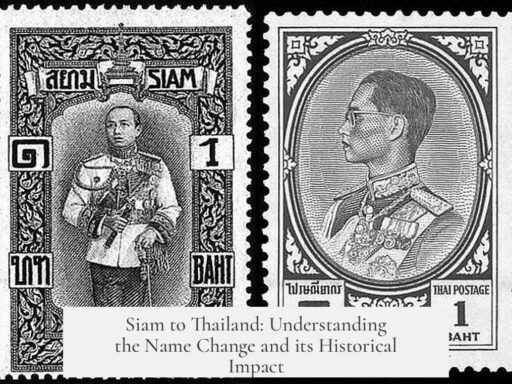Dolly Parton’s song “9 to 5” reflects a symbolic work schedule rather than literal working hours. The phrase “9 to 5” has long been a cultural catchphrase representing a stable, white-collar job with fair workplace conditions, especially for women, rather than an exact time frame. Actual full-time jobs in the 1980s and after commonly ranged from 8 AM to 5 PM or other variations, so the “lost hour” is not real but a result of evolving work customs and the phrase’s symbolic use.
The phrase “9 to 5” predates Dolly Parton’s 1980 song by decades. It gained traction in American culture in the early 20th century as a shorthand for office or clerical work. Early records indicate the phrase appeared in literature and speech as far back as 1918. However, even then, it did not accurately reflect the average workday hours. For instance, in the late 19th and early 20th centuries, workers—men especially—often worked more than nine hours a day, and workweeks were commonly six days long, meaning a 54 to 60-hour week rather than a 40-hour one.
Women’s work hours were typically shorter than men’s but still longer than the “9 to 5.” Laws such as Massachusetts’ 1892 limitation on women’s work hours to 58 per week hint at this historical reality. Thus, the “9 to 5” expression never represented the norm but rather an idealized or simplified notion of a work schedule.
By the mid-20th century, work hours began standardizing more clearly. Surveys from 1937 indicate many jobs required around 45 hours per week, roughly nine hours per day over five days, so “9 to 5” might have been a closer approximation but still not fixed. Fast forward to 1991, surveys reported that “8 to 5” became a common schedule, reflecting either a longer lunch break or earlier start than the “9 to 5” phrase suggests. This indicates that the phrase’s usage became more symbolic than literal over time.
“9 to 5” acquired special significance during the second wave of feminism in the 1970s. Feminist advocates and organizations, such as the 9to5 group founded in 1973, used the phrase to symbolize fair treatment, workplace equity, and opportunities for women. The phrase came to evoke a vision of secure, respectable employment free from harassment and discrimination, rather than exact work hours. Dolly Parton drew inspiration from this movement and the 9to5 organization when writing her iconic song.
The song’s lyrics emphasize the everyday struggles of those working regular office jobs without adequate recognition or pay. It captures emotional and economic realities rather than precise scheduling. The “9 to 5” serves as a metaphor for the typical working life faced by many.
Regarding the question of why, in many real jobs, daily hours are often from 8 AM to 5 PM rather than 9 AM to 5 PM, this shift corresponds to practical adjustments over time rather than a lost hour. Options like earlier start times account for lunch breaks, commute considerations, and employer preferences. The popular phrase remains fixed at “9 to 5” due to tradition and cultural familiarity.
| Aspect | Details |
|---|---|
| Historical work hours | Typically exceeded 9 hours/day; 6-day workweeks common; over 54 hours/week |
| Emergence of “9 to 5” phrase | Early 20th century; a catchphrase, not exact hours |
| Feminist movement | 1970s advocacy for women’s workplace rights; symbolic use of “9 to 5” |
| Dolly Parton’s song | Inspired by the 9to5 organization; reflects workplace struggles, not literal hours |
| Modern work hours | Often 8 AM to 5 PM or shifts close to that; phrase remains symbolic |
In short, the “lost hour” is an illusion created by interpreting “9 to 5” literally. The phrase has always been more cultural shorthand than a precise schedule. It symbolizes fair work conditions, especially for women, rather than exact hours. Actual full-time workdays have varied from early labor history through today, often involving longer or shifted hours.
- “9 to 5” started as a symbolic catchphrase, not an exact schedule.
- Early workweeks were longer than 40 hours, commonly six days a week.
- The phrase gained feminist significance in the 1970s as a call for workplace fairness.
- Dolly Parton’s song highlights the struggles of office work, inspired by advocacy groups.
- Modern full-time jobs often start at 8 AM, so the “missing” hour reflects practical changes, not a loss.
Why Dolly Parton’s “9 to 5” Isn’t Exactly 9 to 5: The Mysterious Case of the Missing Hour
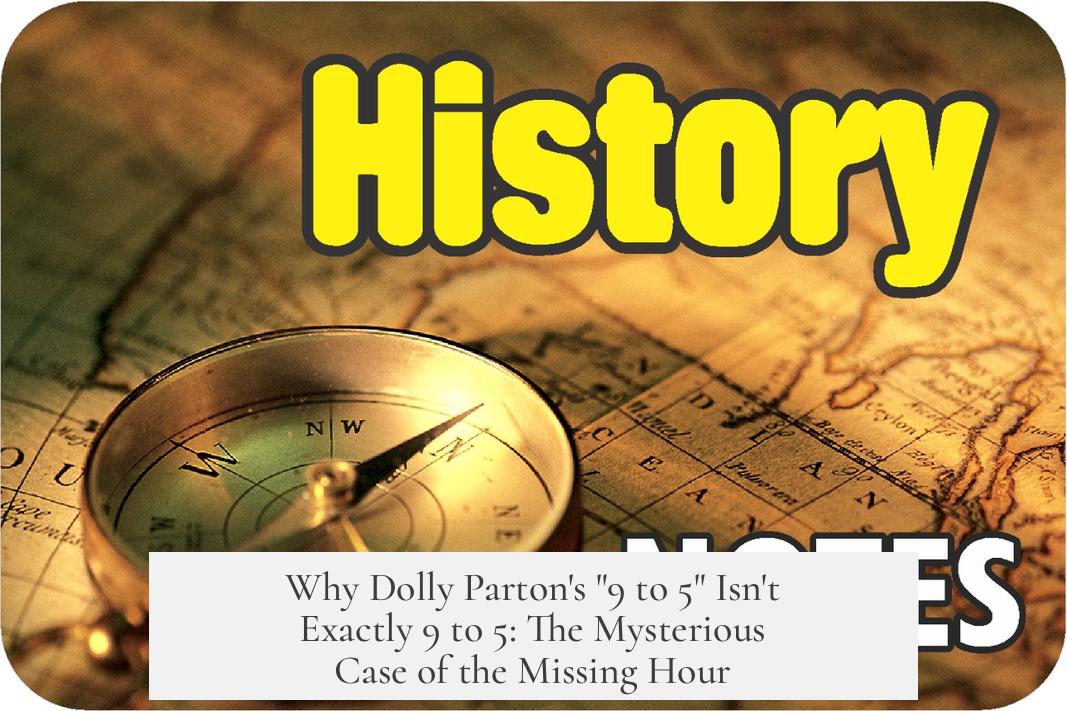
Did people really work one hour less in the 1980s? Where did that extra hour between 8 to 5 and the famous “9 to 5” go? This question is both fun and fascinating. The truth? There was no lost hour, and Dolly Parton’s iconic song “9 to 5” never literally meant working from 9 a.m. to 5 p.m.
Let’s dive into history, culture, and feminism to untangle how the phrase “9 to 5” evolved and why your full-time jobs commonly started at 8 and ended at 5.
The 9 to 5 Catchphrase: A Century-old Symbol, Not a Time Slot
The phrase “9 to 5” is older than you might think—over 100 years old. It emerged when six-day workweeks were the norm. Back then, a typical workweek was 48 hours, much more than you’d get by just working 9 a.m. to 5 p.m. In fact, men routinely worked over 10 hours a day and women worked about 9 hours daily in the late 1800s. Eight-hour workdays were more of a labor goal than reality.
The phrase “9 to 5” wasn’t meant to describe real working hours, but rather an ideal or symbolic office job. The image was of a neat, predictable, “low responsibility” job, often associated with women’s work in offices. It was “nice and tidy,” a sanctuary from the grueling longer shifts many men and women endured in factories or fields.
So Why Did Jobs Start at 8 a.m. Then?

You might wonder when the 8 a.m. to 5 p.m. schedule became common. A 1991 survey shows that 8-to-5 was the most commonly reported workday, hinting that many full-time jobs kicked off before 9 a.m. This trend probably grew because of changing industry demands, commuting patterns, and cultural expectations around starting the day earlier.
In other words, 8 to 5 became a practical reality long before or after Dolly Parton sang her anthem. The phrase “9 to 5” wasn’t outdated timekeeping; it was shorthand for office life, the daily grind, and the desire for fairness at work.
Dolly Parton’s “9 to 5”: More than Time—A Call for Workplace Justice
Dolly Parton wrote her famous song “9 to 5” inspired by the feminist advocacy group named 9to5. This group formed in the 1970s to support working women facing harassment, wage discrimination, and unfair labor practices.
The song’s lyrics reveal its true purpose—a protest against exploitative working conditions, not a literal schedule:
“Working 9 to 5, what a way to make a living Barely gettin’ by, it’s all taking and no giving They just use your mind and you never get the credit It’s enough to drive you crazy if you let it.”
These words channel frustration and hope. “9 to 5” signals the struggle for dignity, respect, and fairness in the workplace. It was a symbol of the second-wave feminist movement, focused on building professional equity beyond the right to vote and basic protections won by earlier activists.
The Symbolism Over the Clock
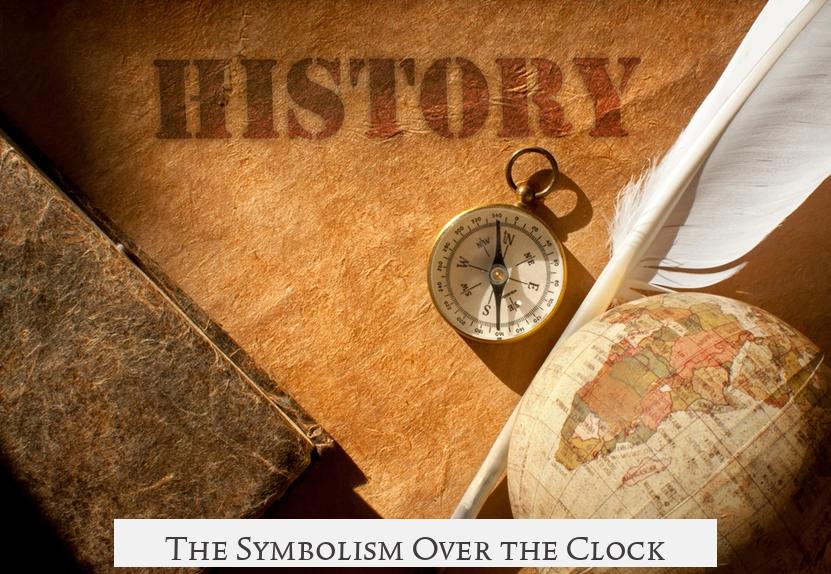
“9 to 5” represented more than work hours. It symbolized the ideal job—a fair, respectful place with clear boundaries and security. It stood for the promise of an office job free from harassment and unequal pay, even if reality often fell short.
The term also carried a social message: those hours suggested the chance to come home, relax, and have a life outside work. That’s a dream that hasn’t always matched reality for many workers, who often worked irregular or longer hours.
How Work Hours Actually Changed Over the Decades
Historical data show workdays in the 1930s commonly lasted nine hours, five days a week—45 hours total. By the late 20th century, office hours adjusted to start earlier. The infamous “missing hour” is a myth. Instead, the 8 to 5 schedule reflects actual workforce trends more than the neat “9 to 5” myth.
Back in the early 20th century, work was more grueling and scheduled differently. The 9-to-5 phrase was less about clock hands and more about meaning. Think of it as a brand—your “9 to 5” job, symbolizing the middle-class, white-collar dreams and frustrations, rather than a precise timeframe.
What Does This Mean for You?

Are you chasing the “9 to 5” dream yet arriving at 8 a.m.? You’re not alone. Most modern office jobs start earlier to meet productivity, client, or industry needs. The catchphrase just didn’t keep up with reality.
So, if you feel like you “lost” an hour somewhere, remember it was never really yours to lose. The phrase “9 to 5” has floated above politics, labor movements, and culture for over a century without ever being pinned down to a clock. It has always been a symbol of the workplace, not the workplace schedule itself.
Lessons from History and Dolly’s Anthem
- The phrase “9 to 5” predates even the 1980s by many decades and doesn’t represent actual working hours literally.
- Early workweeks often spanned 48 or more hours with six working days. Eight-hour days came later as a goal, not a standard.
- Dolly Parton’s song and the associated 9to5 organization symbolize the fight for gender equity, workplace rights, and fair treatment—not clock time.
- The modern “8 to 5” workday reflects real scheduling trends adapting to business needs, not a lost hour or conspiracy.
- Understanding the symbolic meaning behind phrases can help clarify cultural myths about work and inspire new ways to think about balancing life and labor.
Final Thoughts: Is the “9 to 5” Era Over?
The concept of a fixed “9 to 5” job is fading in the era of remote work, flexible schedules, and gig economy hustling. Yet Dolly Parton’s song still resonates because it represents the emotional and social issues workers face. Its legacy pushes us toward workplaces that offer respect, fairness, and life balance—no matter the hour on the clock.
So next time you clock in at 8 a.m. and grumble about losing an hour, smile knowing you’re part of an ongoing story of work, rights, and the elusive ideal of “9 to 5.” The hour wasn’t lost—it was symbolic all along.
Why does Dolly Parton sing about working “9 to 5” when many jobs start at 8 am?
“9 to 5” is a cultural phrase symbolizing a typical white-collar job, not exact hours. Many full-time jobs have different start times, like 8 am. The song reflects a general work-life routine, not a precise schedule.
Did people really work fewer hours in the 1980s than the “9 to 5” phrase suggests?
No, the phrase never meant a literal 8-hour workday. In the past, workweeks were often longer, with days over 9 hours. By the 1980s, 8 am to 5 pm was common, but total weekly hours varied by job and industry.
How did the phrase “9 to 5” become linked to women’s rights and workplace fairness?
The phrase was adopted by feminist groups in the 1970s to represent fair treatment and safer workplaces for women. It symbolized steady employment with rights, not specific times on a clock.
Is there really a “lost hour” between typical 8-to-5 jobs and the “9 to 5” song?
No hour is lost. “9 to 5” is a long-standing expression, not an exact schedule. Many jobs have started earlier or later. The difference reflects cultural meaning, not a change in work hours.
Why was the phrase “9 to 5” popular if it didn’t describe the average workday?
“9 to 5” conveyed a tidy, stable job with low responsibility, often seen as women’s work. It was a convenient shorthand for office hours but rarely matched the actual workday length or start time.
